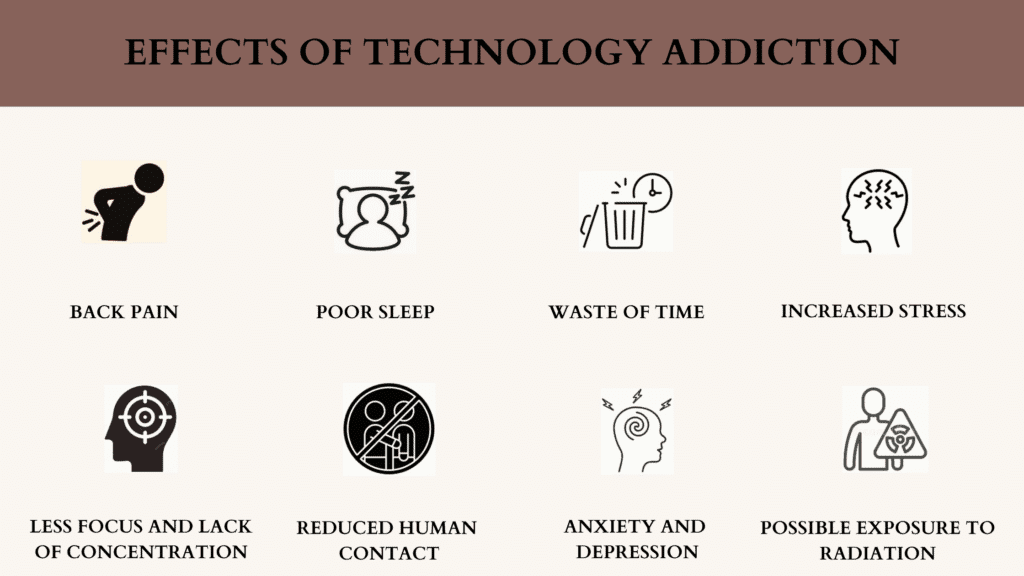In this digital age, technology addiction treatment has become a crucial part of mental care. The 24-hour access to screens and digital media at the fingertips makes it more prone to addiction. According to California State University, an estimated 10%, or 33.19 million, Americans are addicted to social media. Various social media platforms are increasingly making efforts to increase consumer engagement, further increasing the risk of addiction. Treatment for technology addiction can provide a lifeline for people trapped in a cycle of addiction. In this article, we will explore how technology addiction treatment can assist in overcoming addiction and shaping one’s digital habits.
As per the survey done by the addiction center, the prevalence of technology addiction in the United States is between 1.5% and 8.2%. Technology addiction is a condition that arises when one spends excessive time on digital media. This over-engagement can lead to addiction when it starts interfering with an individual’s day-to-day life. For instance, if the use of digital devices results in a decline in academic performance or hinders one’s social life, it can be classified as technology addiction. A person with technology addiction can become disconnected from reality and lose themselves in the digital world. Therefore, it is essential to take preventive measures to cut off or minimize technology use in such circumstances. Technology addiction has adverse effects on an individual’s overall well-being, leading to several physical and psychological imbalances that can affect other areas of life. Let’s now explore the impact of technology addiction on an individual’s health.

The impact of technology on an individual varies depending on various factors. Here are some common short-term and long-term effects of technology addiction.
The lack of an established method for technology addiction treatment may be one of the reasons why it is becoming more prevalent. However, there are available treatments that can help to overcome this addiction. Below are some examples of such therapies.
As wisely said, prevention is better than cure. Therefore, one must be cautious of these technology measures before the condition compels one to take technology addiction treatment.
Technology addiction treatment is a comprehensive approach to addressing compulsive and excessive use of digital devices and online activities. It supports and guides individuals in developing control over their digital habits.
Technology addiction refers to digital dependence on technology. It involves the overuse of digital devices that harm one’s health and relationships.
It depends on how one uses technology. While technology can be a powerful tool with the potential to bring about positive change and improve lives, it also poses risks and challenges that require thoughtful consideration and management.
Through technology addiction treatment techniques such as cognitive therapy, behavioral interventions, and group therapy, individuals can develop coping skills that help fight addiction.
Excessive screen time, neglecting responsibilities, social withdrawal, mood swings, declining academic or work performance, and physical or mental health problems are all signs that indicate the need to seek technology addiction treatment.
Technology has provided us the convenience of staying connected, accessing information, and enjoying entertainment at our fingertips. However, this convenience comes at a cost. Monitoring our technology usage is essential to prevent any negative health impacts. Fortunately, there are several technology addiction treatment options available for those struggling with its management. Seeking early precautions is equally necessary to minimize the possibility of developing such an addiction.